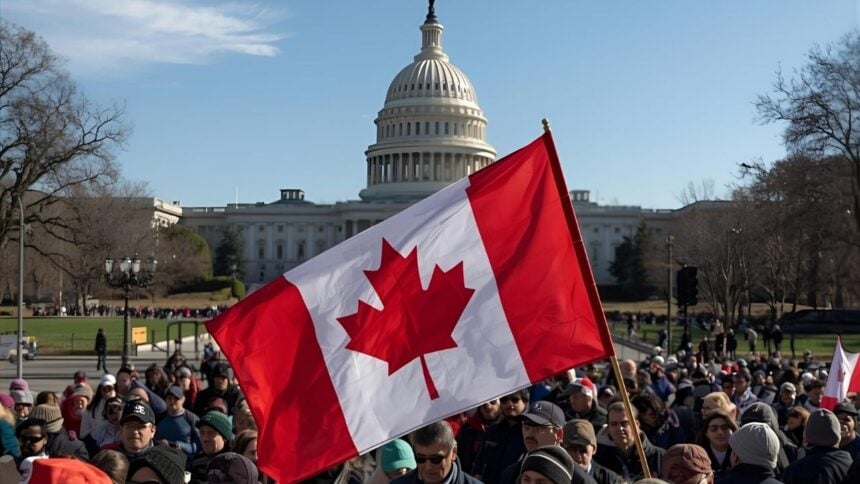Canada opened a fresh round of discussions in Washington this week with a blunt ask: eliminate punitive barriers on softwood lumber, autos, and a cluster of other Canadian exports.
Senior officials say the duties have rippled through housing and manufacturing, raising input costs for American builders while freezing capital plans in Canadian mills and assembly plants.
The tone is warmer after Prime Minister Mark Carney’s White House visit, but the file remains stuck on substance.
U.S. levies on Canadian softwood lumber have climbed following the latest administrative reviews, while separate national-security measures continue to cover steel and aluminum.
Ottawa argues these layers of protection amount to a tax on U.S. homebuyers and a drag on North American supply chains.
The government is also pressing to remove the threat of auto tariffs that industry groups say complicates sourcing, financing, and model planning.
Canadian negotiators frame the case around three planks. First, they want softwood lumber duties unwound and a durable formula that avoids another cycle of litigation.
Second, they seek certainty for autos, including clarity that vehicles and parts crossing the border will not face new blanket levies as the United States reviews its trade stance.
Third, they aim to settle a handful of spillover frictions, from copper and fabricated metals to rules-of-origin questions that raise costs without adding resilience.
Officials tie the push to domestic adjustments underway at home. Ottawa has already recalibrated parts of its industrial policy, including how it sequences climate and trade mandates in sensitive sectors.
Earlier this fall, the prime minister hits pause on EV mandate to give automakers and suppliers breathing room while talks proceed.
British Columbia, where lumber is a lifeline employer, has rolled out targeted support; Ottawa says its tariff relief program for B.C. small businesses is a bridge, not a substitute for market access.
Industry pressure is mounting on both sides of the border. American builders complain that tariff-driven price spikes make homes less affordable, while Canadian producers warn that higher deposit rates and duty volatility strand working capital and narrow margins.
Ontario and Quebec automakers say the cloud over cross-border shipments complicates investment in next-generation platforms and threatens just-in-time logistics that underpin North American competitiveness.
Provincial leaders have amplified that message, with Ontario’s Doug Ford drawing headlines at home for tough talk on protectionism that critics say risks inflaming tensions as negotiations tighten. Political theater aside, companies want a predictable rulebook.
U.S. officials have signaled openness to a broader reset but have not committed to specific relief.
Washington continues to point to long-running findings of unfair subsidization in lumber and insists any solution must protect American producers.
Canada counters that past cases are ill-suited to the current market structure and that a negotiated outcome would stabilize supply and lower costs for U.S. consumers.
Trade lawyers note the legal track will grind on in parallel, but the near-term price signal will be set at the cabinet table, not the courthouse.
Carney’s team is trying to align big-ticket investment plans with a more reliable U.S. framework after months of tariff volleys and sharp rhetoric.
Strategists close to the file say the government wants to lock in early wins on lumber and autos to firm up investor confidence while it advances its infrastructure and permitting agenda.
That plan has featured marquee project picks and regional priorities; supporters argue what Carney’s project picks reveal is a tilt toward tradable sectors that rise and fall with U.S. access.
The path to a deal remains narrow, but negotiators on both sides say the incentives to move are finally aligned. If that is true, this Washington round should show it quickly, in black-and-white tariff schedules rather than warm words.




















